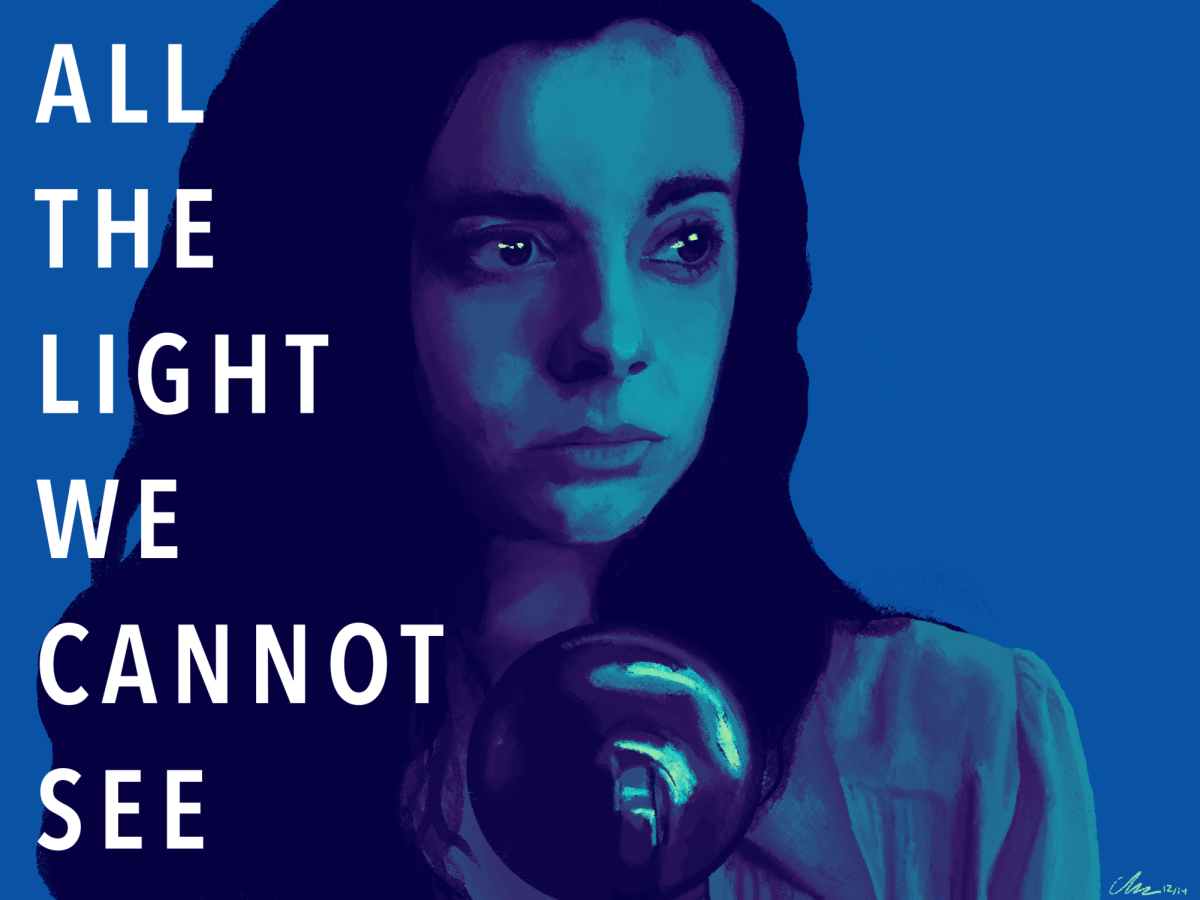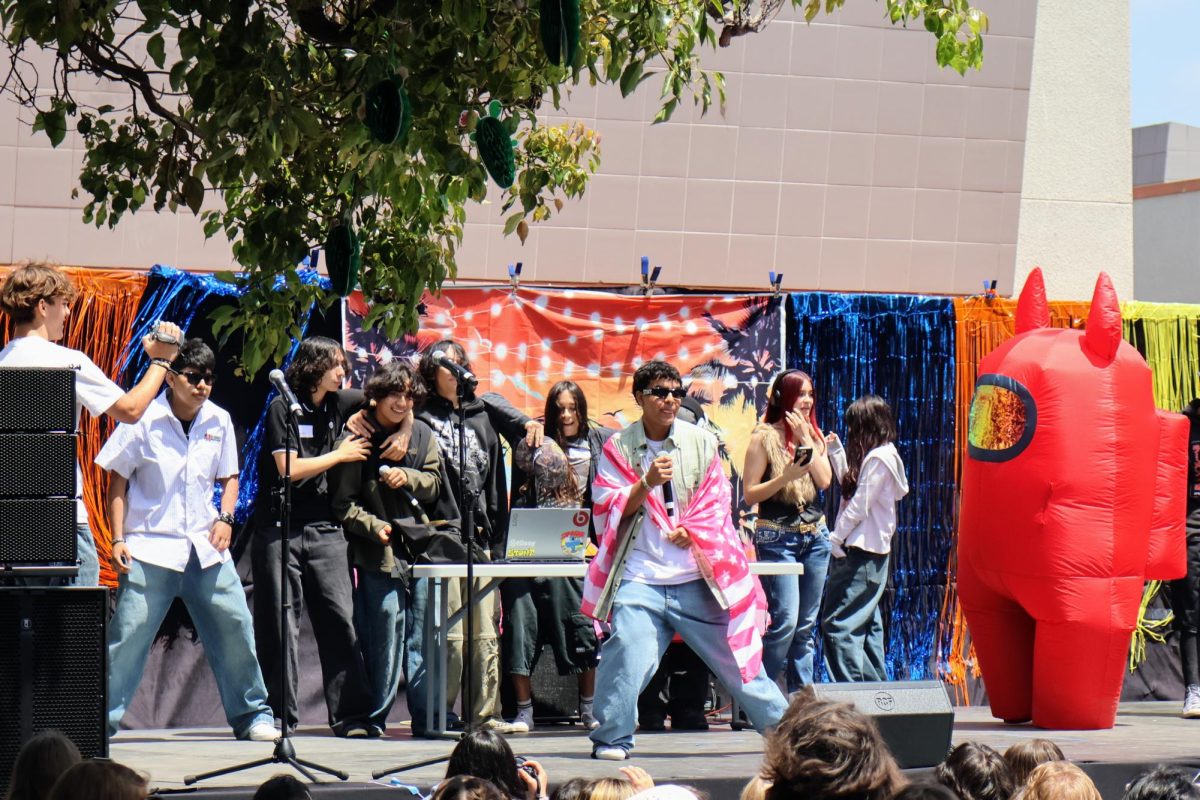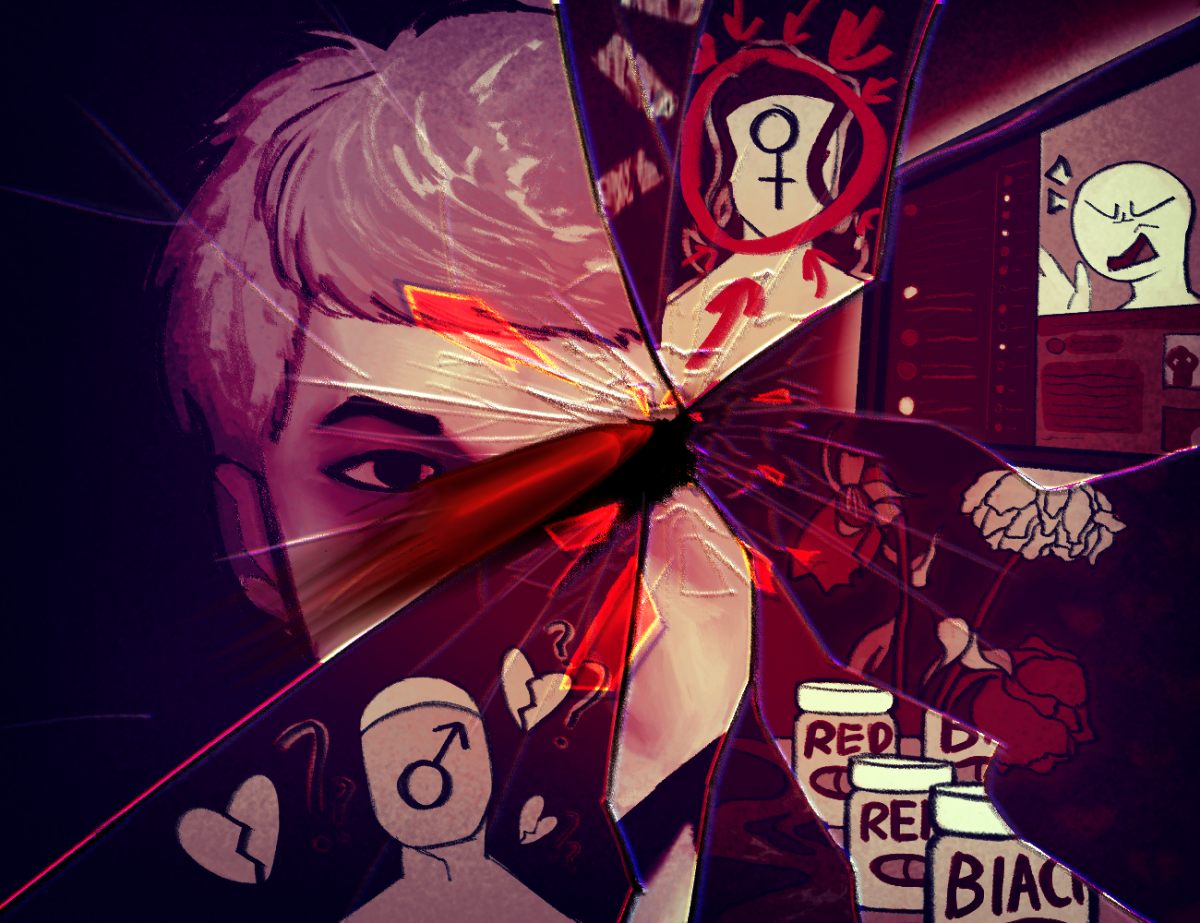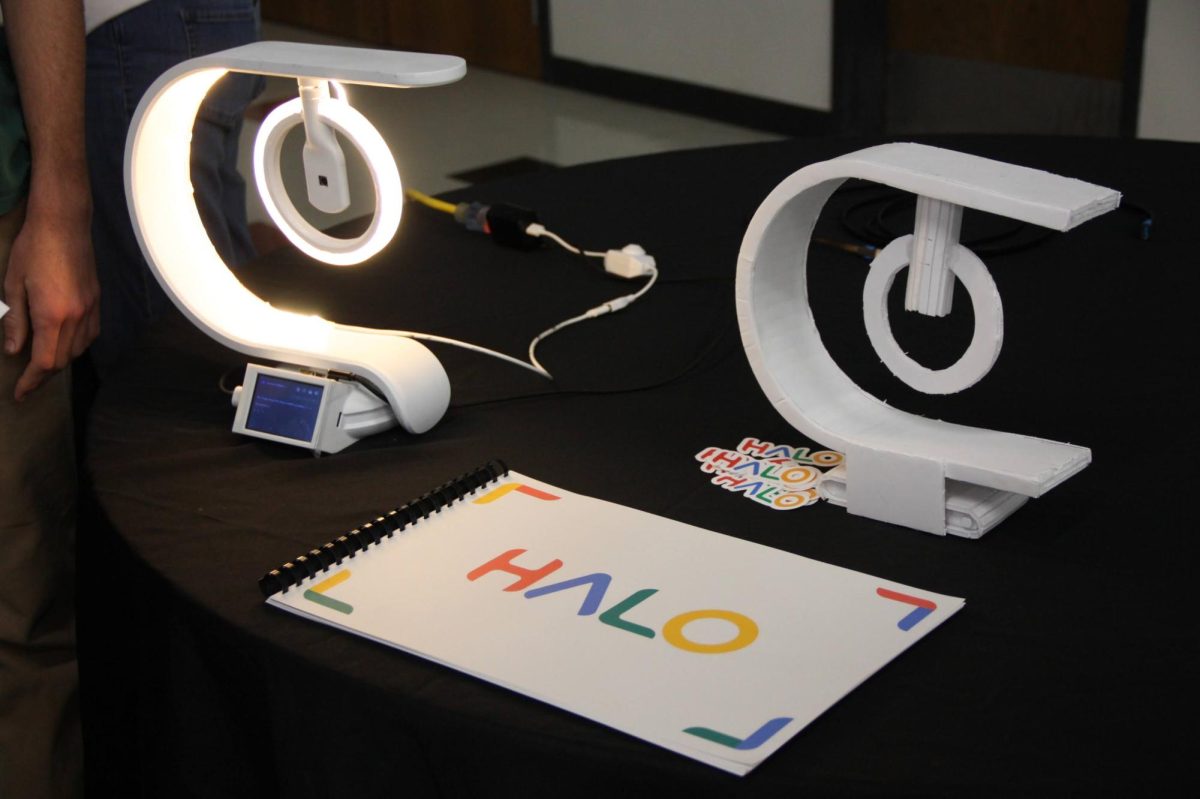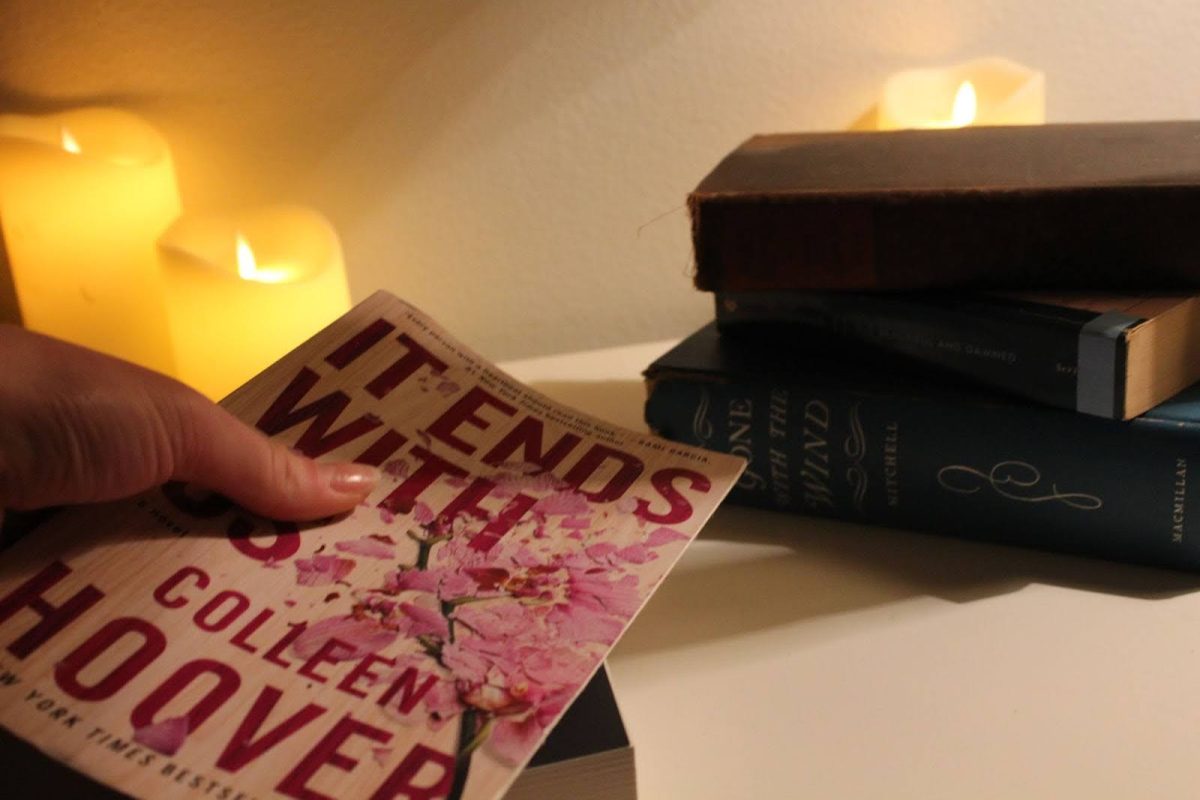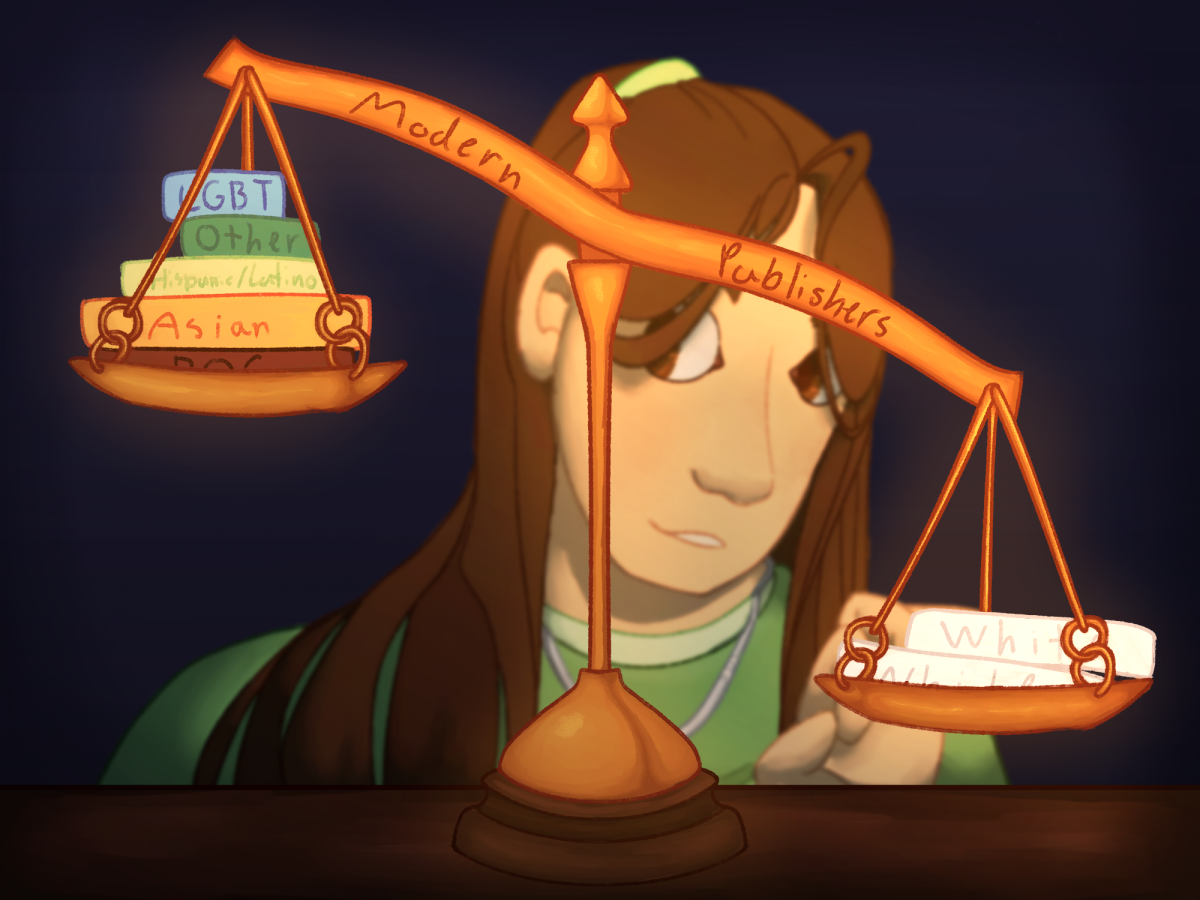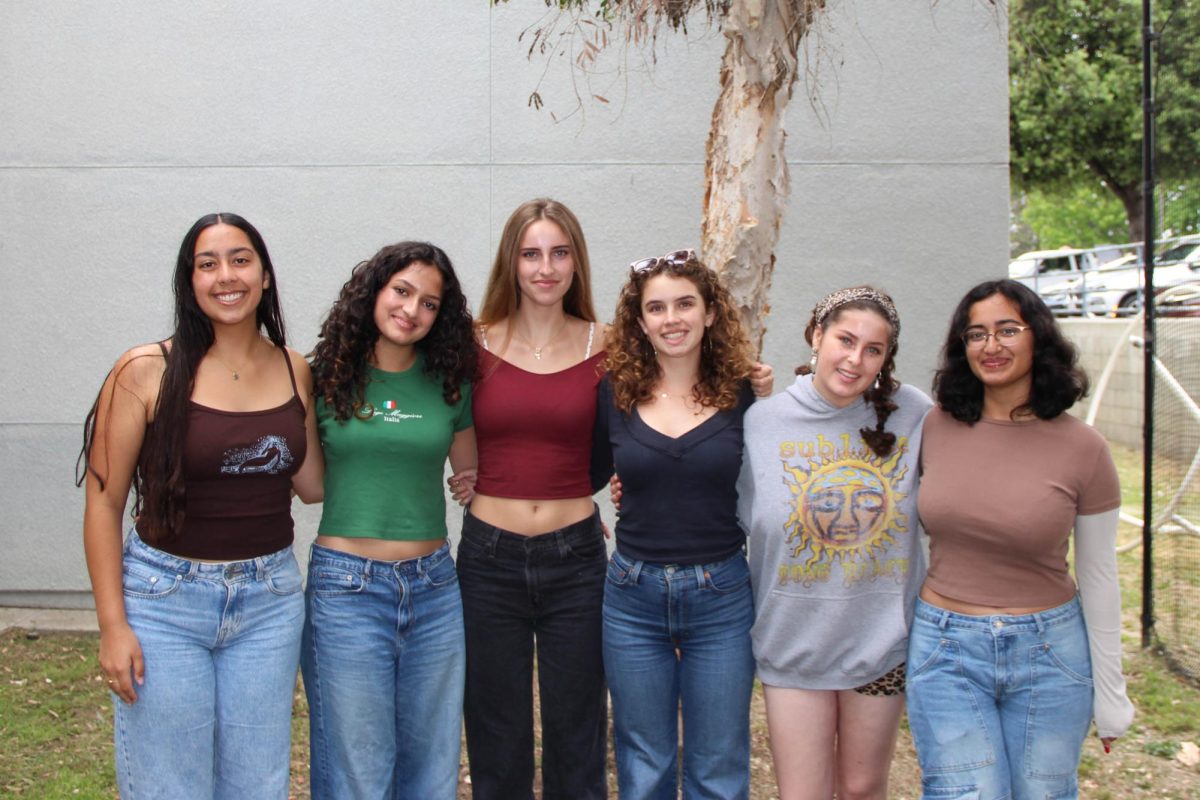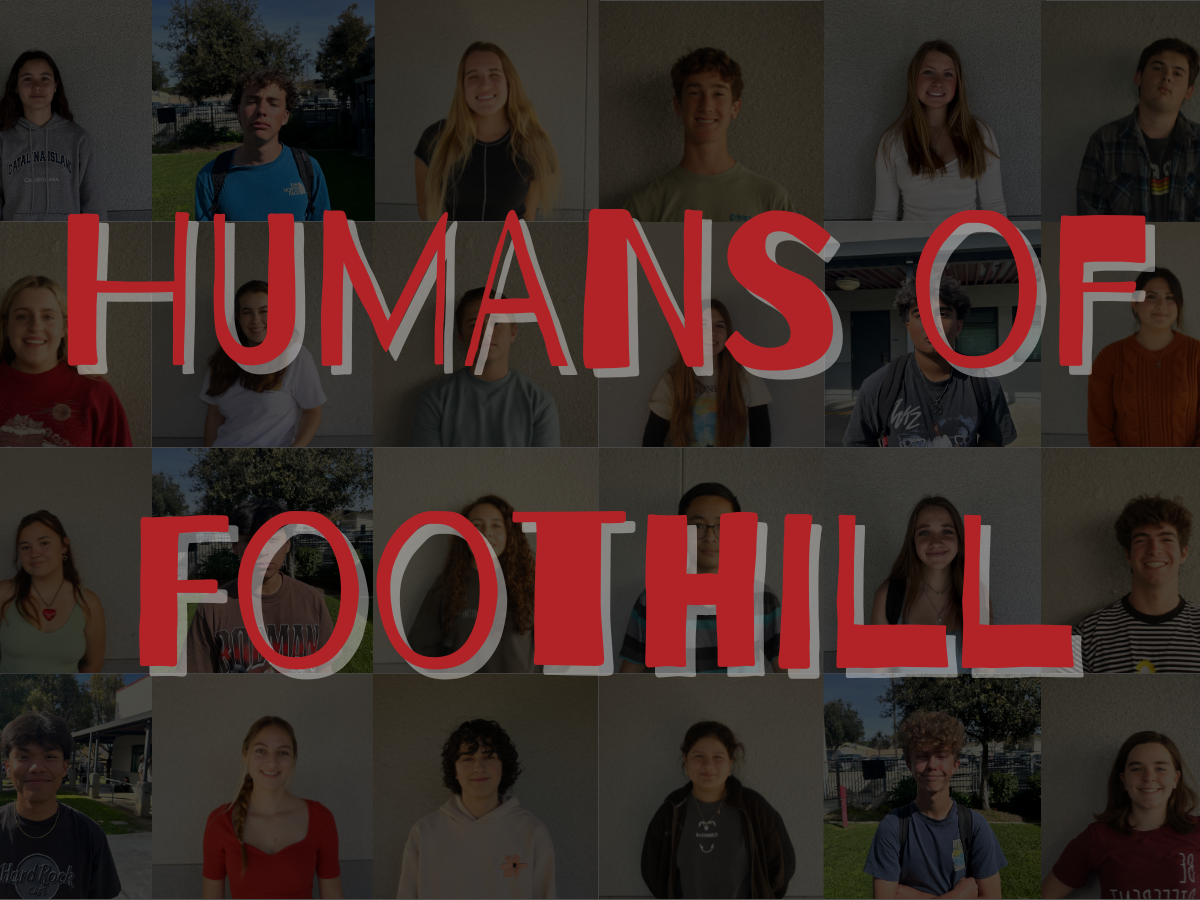Sent like a leaflet, fluttering off into the world, the Netflix limited series adaptation of the book “All the Light We Cannot See” by Anthony Doerr, was released on Nov. 2, 2023, with many of the book’s fans overwhelmed with anticipation. The novel, published on May 6, 2014, has been translated into over 40 languages, and over 15 million copies have been sold since. Furthermore, it has won the Pulitzer Prize for Fiction, the Andrew Carnegie Medal for Excellence in Fiction and the hearts of many readers. Therefore, it would only be on the same wavelength that expectations would be set high for its on-screen counterpart. Unfortunately, these high hopes resulted in the show’s directors Shawn Levy and Steven Knight facing great animosity in the weeks following the show’s release.
Consisting of four episodes, each about an hour long, flashbacks to the past are frequent and prominent. This, at least, is similar to the novel, which jumps around from the present to the past as routinely as a radio frequency. The main characters have also been kept mainly intact, including ones like Marie-Laure LeBlanc (Aria Mia Loberti), Werner Pfennig (Louis Hofmann), Marie’s father Daniel LeBlanc (Mark Ruffalo) and Ettiene LeBlanc (Hugh Laurie), Marie’s uncle. In fact, one of the aspects the adaptation is most praised for is its strong cast.
Set in the midst of World War II, the story follows the childhood and teenage years of Marie, a blind French girl who grew up in Paris, France, and Werner, an orphaned German boy who spent his early years in Zollverein, a coal-mining coalition of German states in Essen, Germany. At 12-years-old, Marie and her father (the locksmith of Paris’ Museum of Natural History) flee Nazi-occupied Paris to the coastal town of Saint-Malo. Meanwhile, 14-year-old Werner is recognized for his genius skills with radios, and goes on to attend the National Political Institute of Education at Schulpforta. As time moves on, a strange series of events leads Werner and Marie’s paths to cross during the bombing of Saint-Malo, revealing not only the two characters’ similarities, but valuable life lessons.
While the basis of the story remained the same while going from paper to screen, a noteworthy change can be seen in the character Werner. For a majority of the book he is depicted as frail and unable to defend himself, while in the show Hofmann’s portrayal is of a strong and sure one.
Another significant change in the television adaption is the variety of crucial side characters who did not make the final cut. During Werner’s time at the National Political Institute of Education where he is trained to become a Nazi soldier, he befriends Frederick, a fellow student and recruit. His character, a fragile boy who loves birds and despises violence, is used to show the ruthlessness of war, as he eventually is injured with permanent brain damage — a bright light drastically impacted. Contrary to his importance in the book, Frederick does not make a single appearance in the show.
Additionally, when Werner travels to the Eastern Front as a radio operator part of a specialized squad to track down illegal radio broadcasts, soldier Frank Volkehimer (Corin Silva) becomes one of Werner’s close companions. Initially described in the book as a silent, formidable giant, readers slowly come to understand him as a caring person through his actions toward Werner. Doerr shows how Volkheimer is yet another light amidst the darkness of humanity, enhancing his underlying theme of good versus evil throughout the book. Volkheimer is given a generous 10 seconds of screen time in the adaptation.
What makes these changes even more frustrating are the additions of new characters. A prime example would be Schmidt (Felix Kammerer), a Nazi soldier trained in tracking down clandestine radio signals just like Werner and a brief partner to him in episodes one and two. Director Shawn Levy later explained in interviews that the addition of Schmidt had been to further define the evils of the Nazi party. However, many argue that all this does is enhance the accusations of the story overusing stereotypes.
On the bright side, it can be said that the limited series adaptation also has its triumphs despite its shortfalls. Along with a brilliant cast, the show utilizes beautiful and intricate auditory and visual effects, drawing viewers into dusty, tangible scenes, recovering a world from over 75 years ago. At the end of the final episode there is also a touching tribute to the real city of Saint-Malo, France, that is the setting for much of the story. Despite the show’s many deficiencies, at the end of the day it still manages to deliver the most important theme in the book, allowing the viewers to still capture the true basis and soul of the story: how even in the face of darkness, light prevails in the farthest corners.


